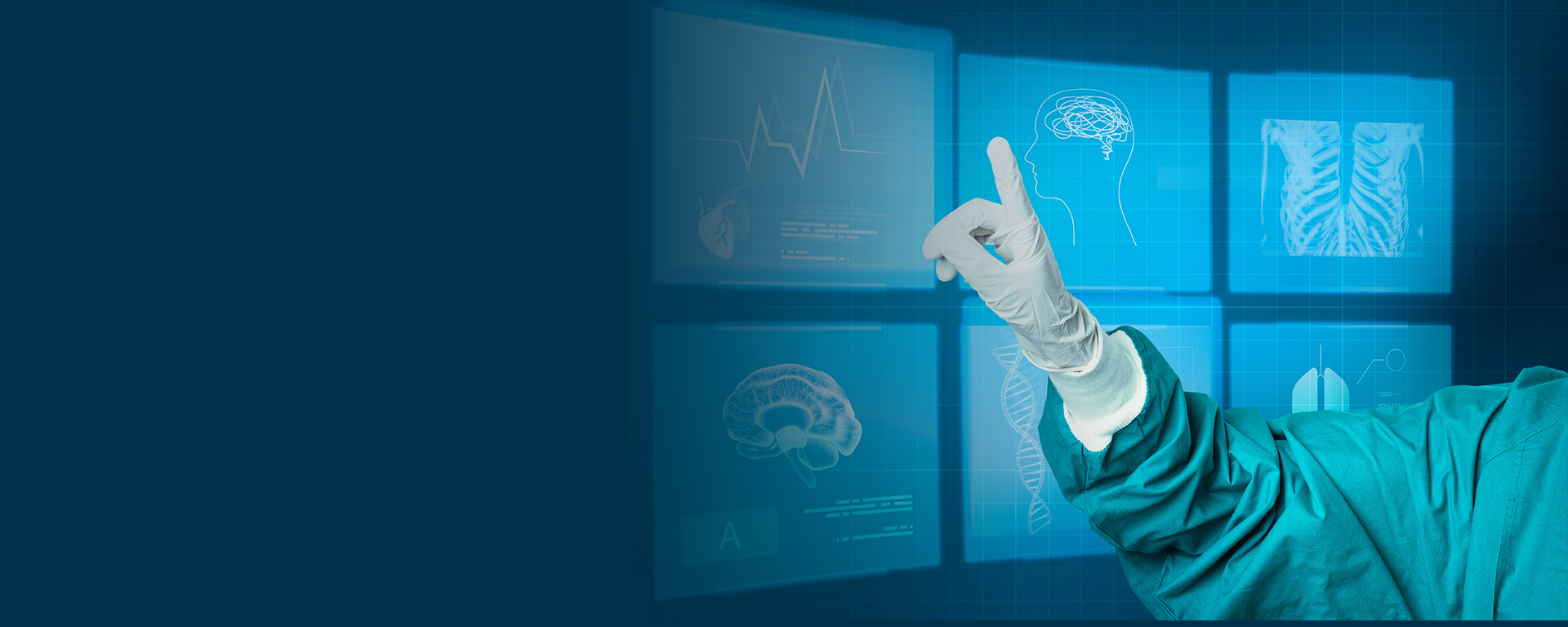Medical Devices
Everything You want To Know About Absorbable Sutures
January 09, 2023

Absorbable Sutures
Medical Devices
EMERGING ROLE OF MEDTECH IN 2023 AND BEYOND
January 02, 2023

EMERGING ROLE OF MEDTECH IN 2023 AND BEYOND
Medical Devices
Laparoscopy vs Laparotomy
December 06, 2022

laparoscopy vs laparotomy, Difference between laparoscopy and laparotomy





